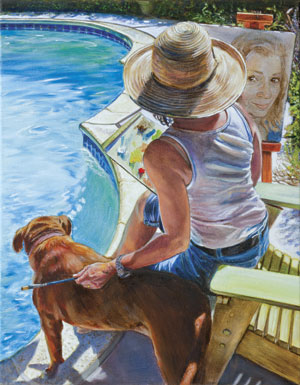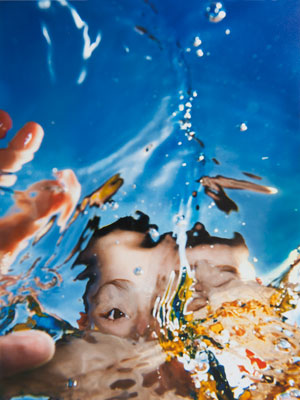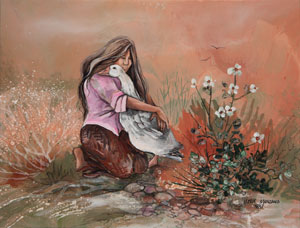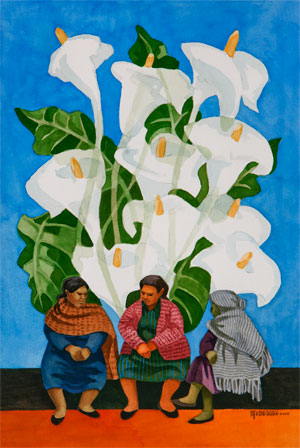 |
 |
||||
|
|||||
Einstein's Miracle Philosophy and the Creative Spirit |
|||||
"There are only two ways to live your life. One is as though nothing is a miracle. The other is as though everything is a miracle." Albert Einstein's profound observation reveals a fundamental truth about how we engage with the world around us. This choice between wonder and indifference becomes particularly significant when we consider the realm of art and creativity, where the capacity for marvel can mean the difference between mechanical production and transformative expression. For many artists throughout history, this sense of miracle has been intrinsically connected to their understanding of the divine—a recognition that creativity itself might be a reflection of God's own creative nature. The person who sees nothing as a miracle approaches art with a utilitarian mindset. They might view a painting as merely pigment on canvas, music as organized sound waves, or poetry as arranged words following predictable patterns. This perspective reduces creative works to their technical components, stripping away the mystery and magic that give art its power to move us. While this analytical approach has its place in understanding craft and technique, it can lead to sterile, formulaic creation that lacks soul and authentic expression. In contrast, the artist who embraces Einstein's second way of living finds miracles everywhere. They see wonder in the way light falls across a face, marvel at how certain combinations of words can evoke profound emotion, or stand amazed at how musical notes can transport listeners to different emotional landscapes. This sense of wonder becomes the fuel for genuine creativity, driving artists to explore, experiment, and push beyond conventional boundaries. Many artists describe this experience as encountering something sacred—as if they are collaborating with divine inspiration or channeling something greater than themselves through their work. Consider how this philosophy manifests in different artistic disciplines. A photographer who views everything as miraculous might spend hours capturing the interplay of shadows and light in an ordinary alley, finding extraordinary beauty in the mundane. They understand that their camera doesn't just record images—it captures moments of wonder that might otherwise go unnoticed. Meanwhile, a writer embracing this mindset recognizes that language itself is miraculous, that the ability to transmit complex thoughts and emotions through symbols on a page represents one of humanity's most remarkable achievements. The miracle perspective also transforms how artists approach their creative process. Rather than viewing inspiration as something to be summoned on command, they remain open to the unexpected connections and insights that emerge when we pay attention to the world with fresh eyes. This openness often leads to breakthrough moments where seemingly unrelated elements combine in surprising ways, producing work that feels both inevitable and surprising. Furthermore, artists who live as though everything is a miracle tend to develop a deeper relationship with their craft. They approach their work with reverence rather than mere ambition, understanding that they are participating in something larger than themselves. This humility often paradoxically leads to more bold and innovative work, as the artist feels less pressure to impress and more freedom to explore authentic expression. Many speak of feeling like vessels or instruments through which God works, describing moments when their conscious efforts seem to step aside and allow something transcendent to flow through them onto canvas, page, or stage. The miracle mindset also affects how we experience and interpret art as audiences. When we approach a gallery, concert hall, or theater with Einstein's sense of wonder, we become more receptive to the transformative power of creative expression. We stop asking "What does this mean?" and start allowing ourselves to be moved, challenged, and changed by the encounter. This philosophy suggests that creativity itself is miraculous—the human capacity to imagine something that doesn't yet exist and then bring it into being through skill, passion, and persistence. Whether it's a sculptor revealing a form hidden within stone or a composer weaving melodies that never before existed, the creative act represents a fundamental mystery that defies complete explanation. From a spiritual perspective, this creative capacity can be understood as humanity being made "in the image of God"—sharing in the divine attribute of creation itself. Artists become co-creators, participating in the ongoing work of bringing beauty, meaning, and new realities into existence. Einstein's insight reminds us that our perspective shapes our reality. In the context of art and creativity, choosing to see miracles everywhere opens us to possibilities we might otherwise miss. It invites us to approach both creating and experiencing art with a sense of reverence and wonder that enriches not only our artistic endeavors but our entire way of being in the world. For those who recognize the divine hand in creation, this perspective transforms art from mere human expression into a form of worship, prayer, and communion with the sacred. The choice between seeing nothing or everything as miraculous ultimately determines whether we sleepwalk through life or remain awake to its infinite creative possibilities—and perhaps, to the presence of God working through and within all acts of genuine creation. |
|||||
Joanna Mersereau |
|||||
 |
|||||
Linda Garcia-Dahle |
|||||
 |
|||||
Bruce Hall |
|||||
 |
|||||
Aurie Manzano |
|||||
All images are from the Sasse collection |
|||||
|
|||||

